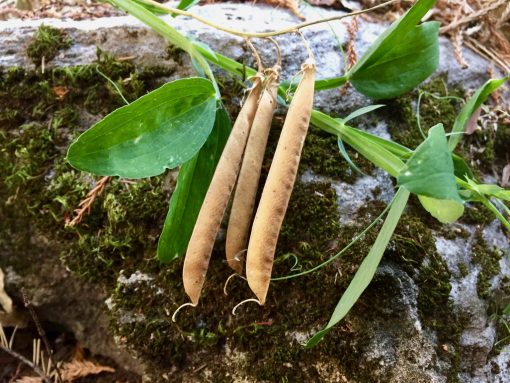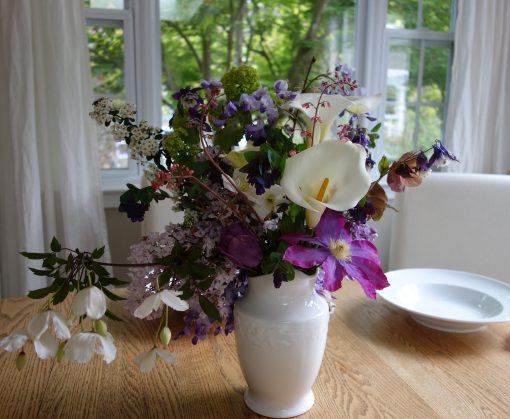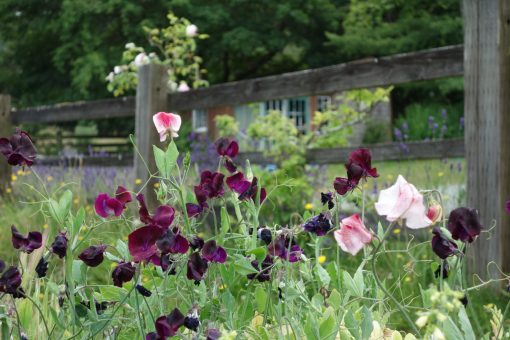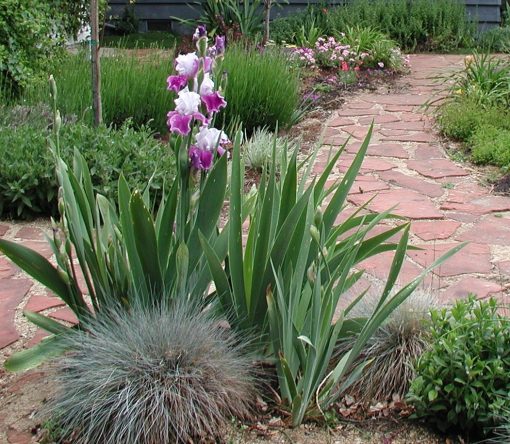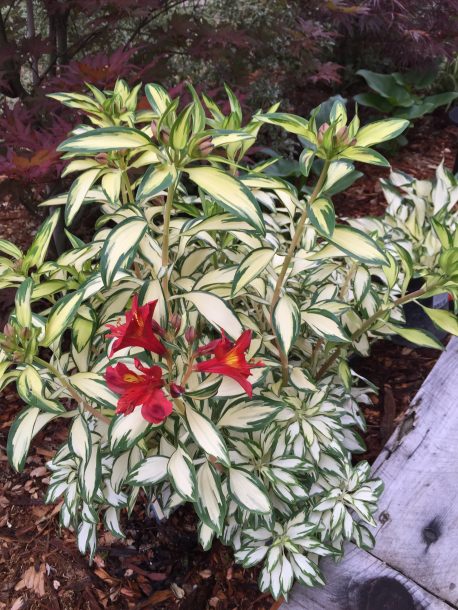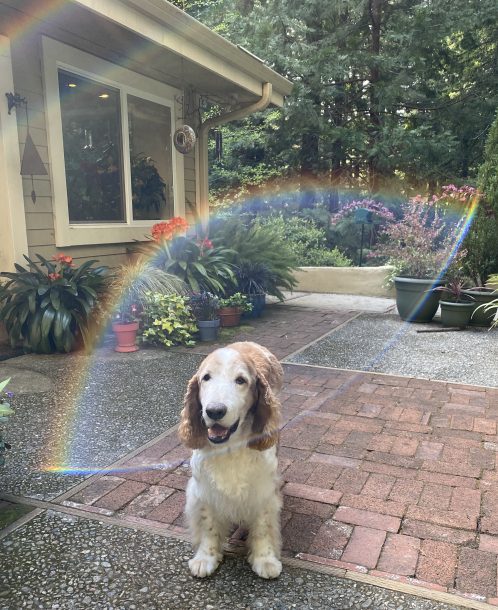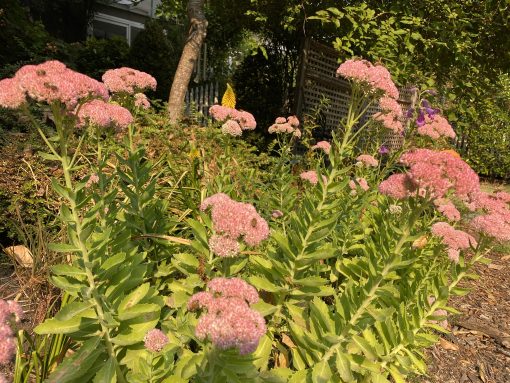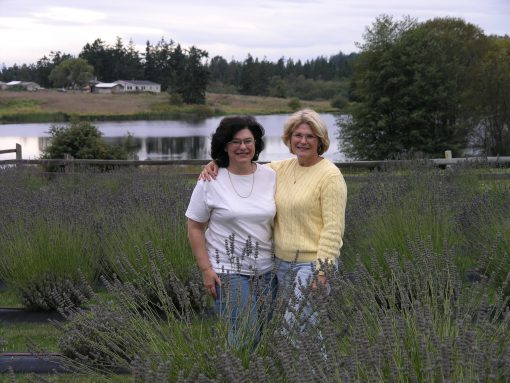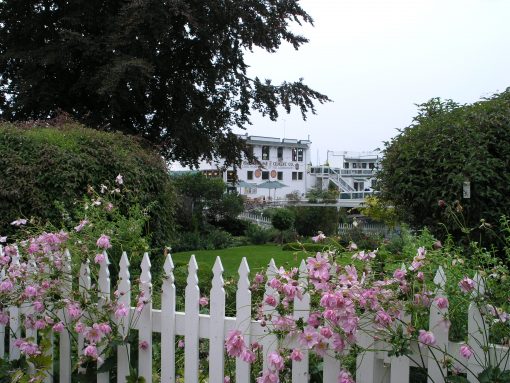This fall I?m at a new garden in Ben Lomond. I?ve brought down every potted plant from my property in Bonny Doon that was showing signs of regrowth after the fire. I figured if they were trying to survive after 6 weeks with no water, some in melted plastic pots and tops burned off who was I to deny them a chance to live? I had 250 potted plants. Yes, I know, what was I thinking? Anyway, with lots of empty glazed empty pots here I?m looking forward to planting bulbs this fall.
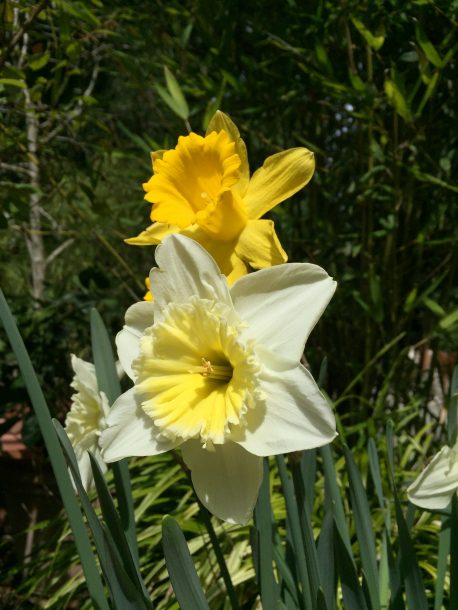
There are a lot of squirrels here in this garden. I?ll have to outsmart them. Squirrels, mice and moles are observant and crafty. Once they discover newly planted bulbs, they’ll assume it’s food. Just disturbing the earth is a tip off for them. Daffodils and narcissus bulbs are toxic but if they dig them up then leave them exposed with just a nibble taken, so much for any spring flower display. Protect your bulbs with wire baskets or spray them with foul tasting repellent, letting the spray dry before planting. You can also bury the bulbs with ground up egg shells. Another way to foil squirrels is to plant the bulbs deeply, This only works if you have good drainage, however. Next year, if the squirrels start nibbling the foliage as it emerges try spraying it with hot pepper spray.
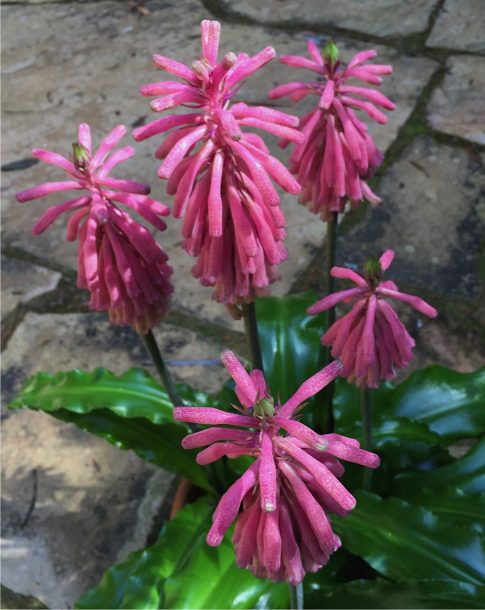
One of the more unusual bulbs I grow in pots is Forest Lily (valthemia bracteata). I got several bulbs over 25 years ago and fortunately divided them last year to give as gifts. If the burned ones I now have don?t come back I can ask one of my friends to divide theirs and give me a few. The bulbs are enormous and bloom for months. The handsome foliage lis thick and wavy, looking somewhat like a succulent but it?s the huge, showy dark pink flower spikes that bloom from February to May that I love. Grow them light shade and allow them to go summer dormant. Valthemia are native to the northern Cape area in South Africa where it grows on rocky slopes along the famous Namaqualand Flower Route.
I love those huge, showy tulips as well as the new colors of daffodil and narcissus coming out each year. I?ve wanted to plant Spring Starflower or Ipheion for a long time. Their starry white flowers bloom over a long period in spring and they naturalize easily. Spring Snowflake ( leucojum vernum ) will also naturalize in the garden. The flowers are small and bell shaped, white with a green or yellow spot and have a slight fragrance. And I want to include some species tulips. They will re-bloom year after year just like they do in the wild in Europe, North Africa and Asia.
Another bulb I’ve wanted to grow for a long time is Ixia viridiflora. They need to be completely dry in summer so planting in pots will be perfect for this most striking and unusual bulb. Few plants can beat it for sheer brilliance of flower. Each flower is a brilliant turquoise green with a purple-black eye in the middle. The dark eye is caused by the deep blue sap of the cells of the upper epidermis. The green color is due to the effects of light being refracted from the cell wall and granules embedded in the pale blue cell sap. Amazing flower.
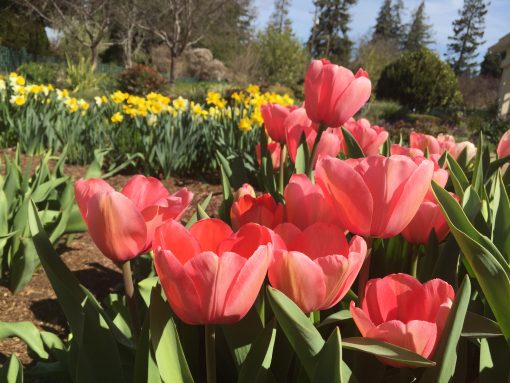
What about bulbs in the shade? Bulbs that will bloom in light shade are crocus, scilla, tulips, grape hyacinth, leucojum, snowdrops, chionodoxa and lily of the valley. Many from the daffodil clan, including jonquils and narcissus will grow, bloom and naturalize year after year under tree canopies or other lightly shaded areas.
Whatever you bulbs you choose to try this fall, you will be happy you planted some bulbs come spring. And to help them bloom again the following year fertilize them at the time of planting with bulb food or bone meal worked into the soil a couple inches at the bottom of the hole. Mature bulbs respond to an early spring feeding with the same fertilizer.

